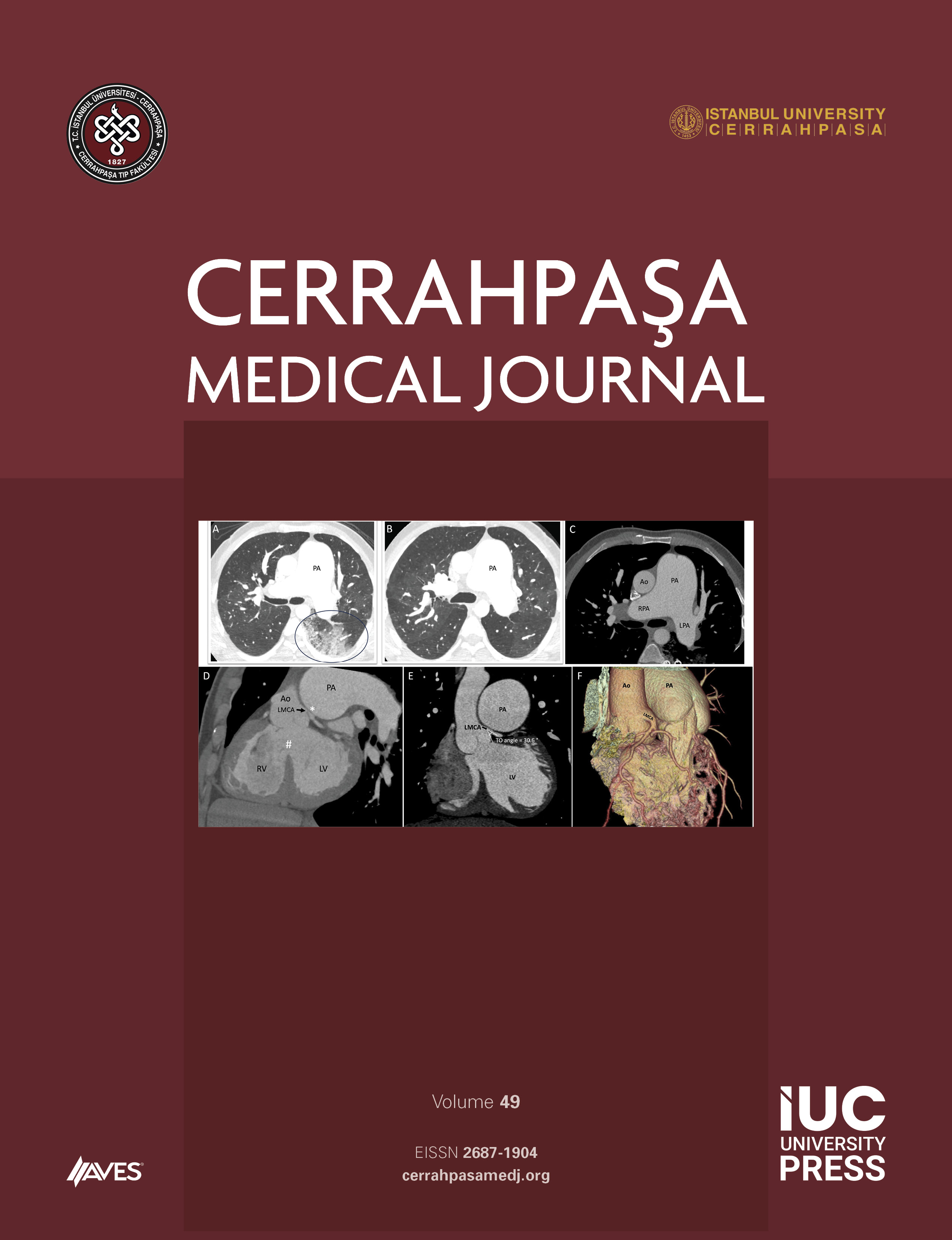Background and Design.- Methicillin-resistant Staphylococcus aureus (MRSA), is a major nosocomial pathogen. Regarding to recent reports, strains of MRSA, which had been largely confined to hospitals and long-term care facilities, are also emerging in the community. Several studies of S.aureus carriage has been performed among different groups of health care workers or among healthy individuals. However, other close relatives of the patients may act as a reservoir in S.aureus transmission to others. In this study, we investigated the hand and nasal carriage of methicillin-resistant S.aureus among patients. accomplices and visitors to determine the role in the epidemiology of infection. The study group is appearently healthy non hospital workers who have temporarily been in the hospital somehow in relation with patients at risk.
Results.- Hand and nose cultures of 140 individuals were performed. S.aureus were found in 30 (21.4%) of nose and 19 (13.6%) of hand samples. Nasal carriage was found in 30 (30/140; 21.4%) and hand carriage was found in 19 (19/140; 13.6%) of these 140 subjects. Eight (16.3%) of the totally (30+19) 49 strains were found resistant to methicillin in disk diffusion method. Three of the 8 MRSA strains isolated from 140 individuals was obtained from nose and 5 of them was obtained from hands. Therefore, MRSA nasal carriage rate was determined as 2.1% (3/140) and hand carriage rate was defined as 3.6 % (5/140).
Conclusion.- The percentage of MRSA nasal and hand carriage among patients. accomplices and visitors may be epidemically significant in spreading of MRSA both among hospitalized patients and in community.



